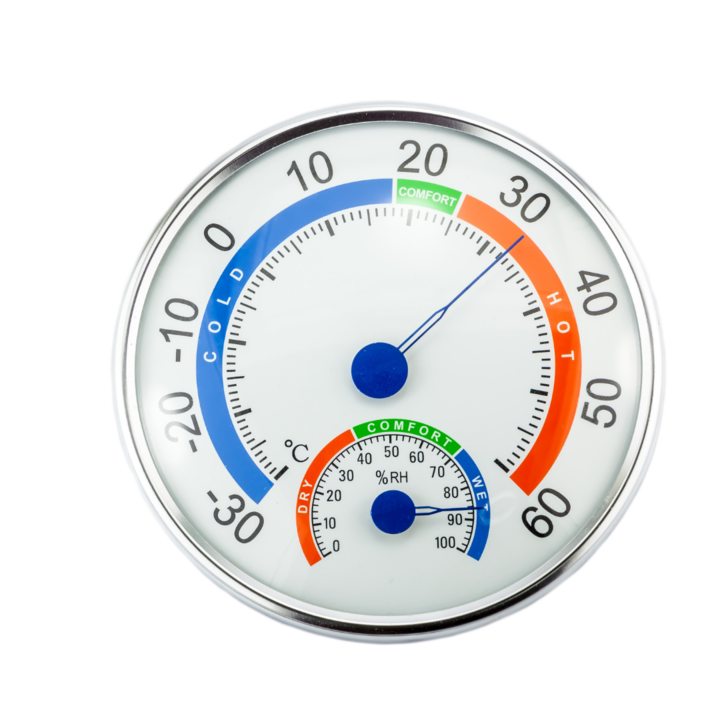Humidity & Asthma

Many of our clients experience symptoms in the dry season due to dust and smoke but wet season can be just as problematic if you have Asthma or other respiratory issues.
Breathing in humid air activates nerves in your lungs that narrow and tighten your airways.
Humidity also makes the air stagnant enough to trap pollutants and allergens like pollen, dust, mould, dust mites, and smoke. These can set off your asthma symptoms.
Dust mites live in furniture, carpets, and bedding. They thrive at humidity levels of 70 -80%. Their remains and waste can also cause asthma symptoms to flare up.
Humidity over 60% also encourages the growth of mould. You’ll often find mould in damp places like bathroom ceilings and other wet areas. If you’re sensitive to mould, breathing it in can flare up your asthma.
Here are a few tips for controlling indoor humidity:
- One of the best defences against humidity is your air conditioner. During normal operation your aircon removes heat and moisture from the air in your home and which makes it less humid. Do make sure your aircons are well maintained/cleaned regularly as it can lose its ability to dehumidify the warm air.
- Purchase a dehumidifier. These devices pull excess moisture from the air.
- Make sure your home has good insulation to keep your home cooler.
- Use exhaust fans in your bathroom/kitchen so that humid air can be moved outside.
To prevent humid weather from triggering your asthma symptoms:
- Avoid going outside on humid days, especially when the air quality is low.
- If you do have to be outside, use your reliever (blue/grey puffer & spacer) before you go and always carry it with you.
- Don’t exercise outdoors during the hottest times of the day.
- Drink lots of water and wear loose, light clothing when you’re outdoors.
Asthma treatment has three components:
- avoiding triggers like humidity, mould, dust, and pollen
- taking asthma ‘preventer’ medications as prescribed.
- taking quick acting ‘reliever’ medications (blue puffer & spacer) when needed.
Using your preventer medications as prescribed can go a long way to preventing Asthma flare ups.
Quick-relief medications (blue puffer & spacer) treat asthma flare ups once symptoms have started.
Obviously, you can’t control the weather, but you can reduce your exposure to humidity and avoid asthma symptoms in the process.
When it’s humid outside, (if possible) stay indoors with your windows closed and your air conditioning turned on.
If you are still having trouble controlling your asthma symptoms, even with medication, you probably need to review your asthma plan and make some changes. You can do this by speaking with your GP or making an appointment with one of our friendly educators at AFNT.
AFNT acknowledges the Traditional Owners of the lands on which we meet and conduct our services, respecting language and culture and elders past and present.
© Asthma Foundation NT 2019
Darwin Web Design by Dash Media

